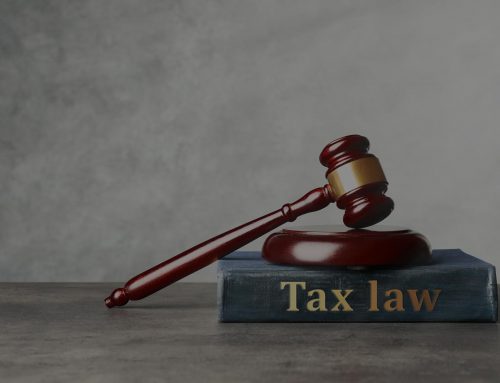Capital Dividend Account Basics
The Capital Dividend Account (“CDA”) is part of the Income Tax Act‘s system of integration (see subsection 89(1) of the Act). Tax integration attempts to ensure that income is subject to the same total tax payable regardless of whether it is earned by a corporation or by an individual. The CDA is intended to allow tax-free amounts received by a private corporation to be distributed tax-free to the shareholders of the corporation.
How It Works
Parties are required to elect to effect the payment of a capital dividend from a CDA. The CDA is comprised of tax-free receipts to the corporation (only private corporations may pay a dividend from the CDA). The CDA is a notional account that will not appear on the corporation’s balance sheet. In other words, the CDA is really only relevant in a tax context.
How the Dividend is Declared
The corporate directors will initially declare the dividend payable. The director’s resolution will form part of the corporate minutes. An election must be filed using Form T2054. The form is called “Election for a Capital Dividend under Subsection 83(2)”.
Be careful here. If the declared dividend exceeds the CDA balance, it will likely be necessary to declare multiple dividends, with the excess being a taxable dividend.
Application of GAAR
The CRA will apply the General Anti-Avoidance Rule (“GAAR”) in circumstances where shares are acquired for the purpose of enabling the new shareholder to gain access to a CDA.
Be careful here as well. It is not only the GAAR that can apply. The CRA has invoked the specific anti-avoidance rule contained in section 83(2.1) of the Act.
In our practice, we see CDA adjustments as a consequence of related adjustments. If you have questions or concerns about capital dividends, please call us.




